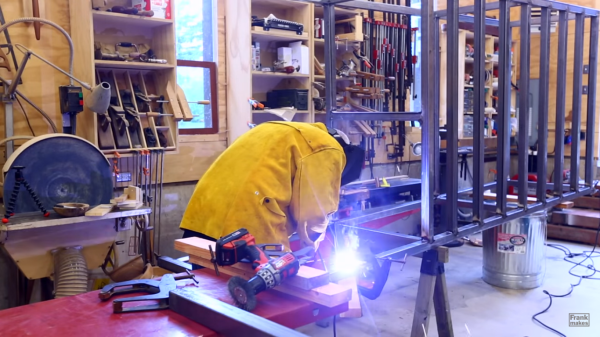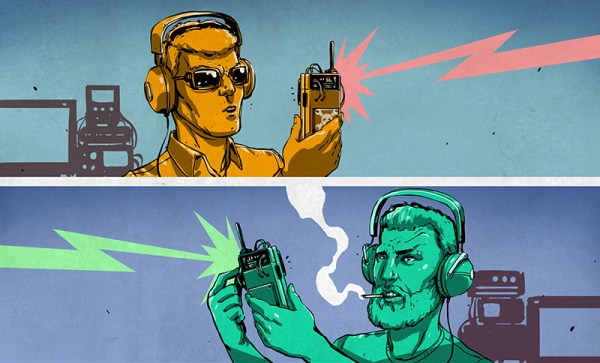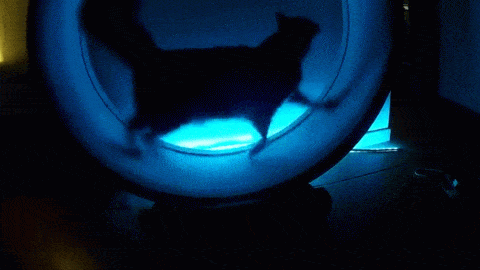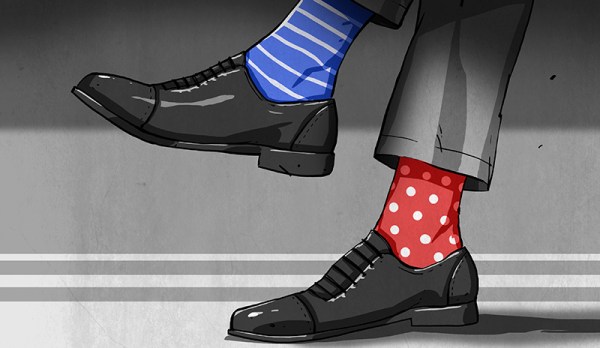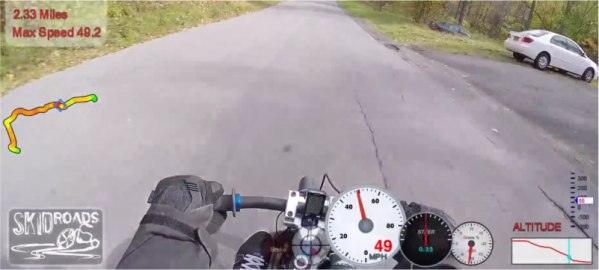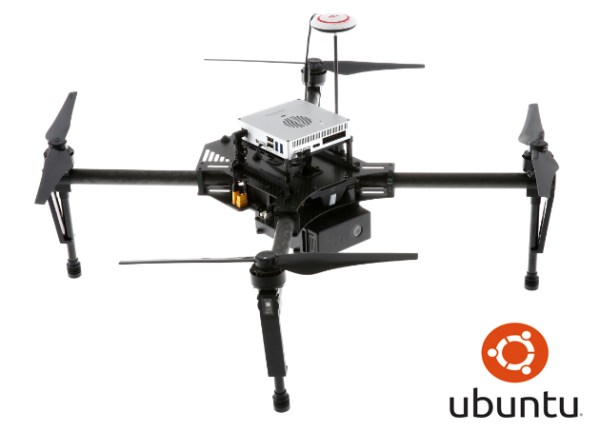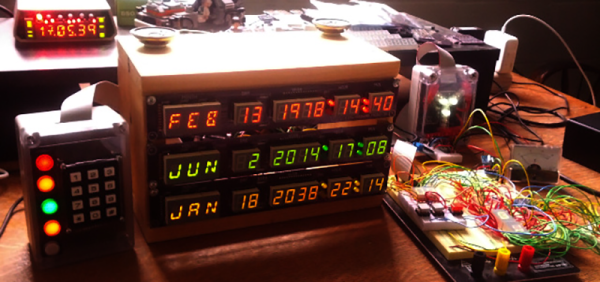[Frank Howarth] is one of the big guns when it comes to woodworking on YouTube, and now he’s doing something completely unlike his other builds. He’s building a gigantic CNC machine. Yes, we’ve seen dozens of CNC router builds, but this one adds a few nifty features we’ve never seen before.
The plans for [Frank]’s CNC machine call for a 4 foot by 8 foot table, over which a router on a gantry gnaws away at wood. This is the standard size for shop-sized CNC router, but [Frank] is adding in his own twist: he’s building a 12 foot long table, by way of a four foot extension. This one small addition allows [Frank] to put tenons in tree trunks, engravings on the side of furniture, or just to make one part of a very large piece flat.
Right now, the build is just about the base, constructed out of 2″ square steel tube. While the welding is by all accounts an amateur job, everything is square, straight, and true. Now, with a metal base scooting around on hockey puck feet, [Frank] is ready to start on the robotic part of the build, something we’re all interested to see.
It’s going to be really big, but still not the biggest.

